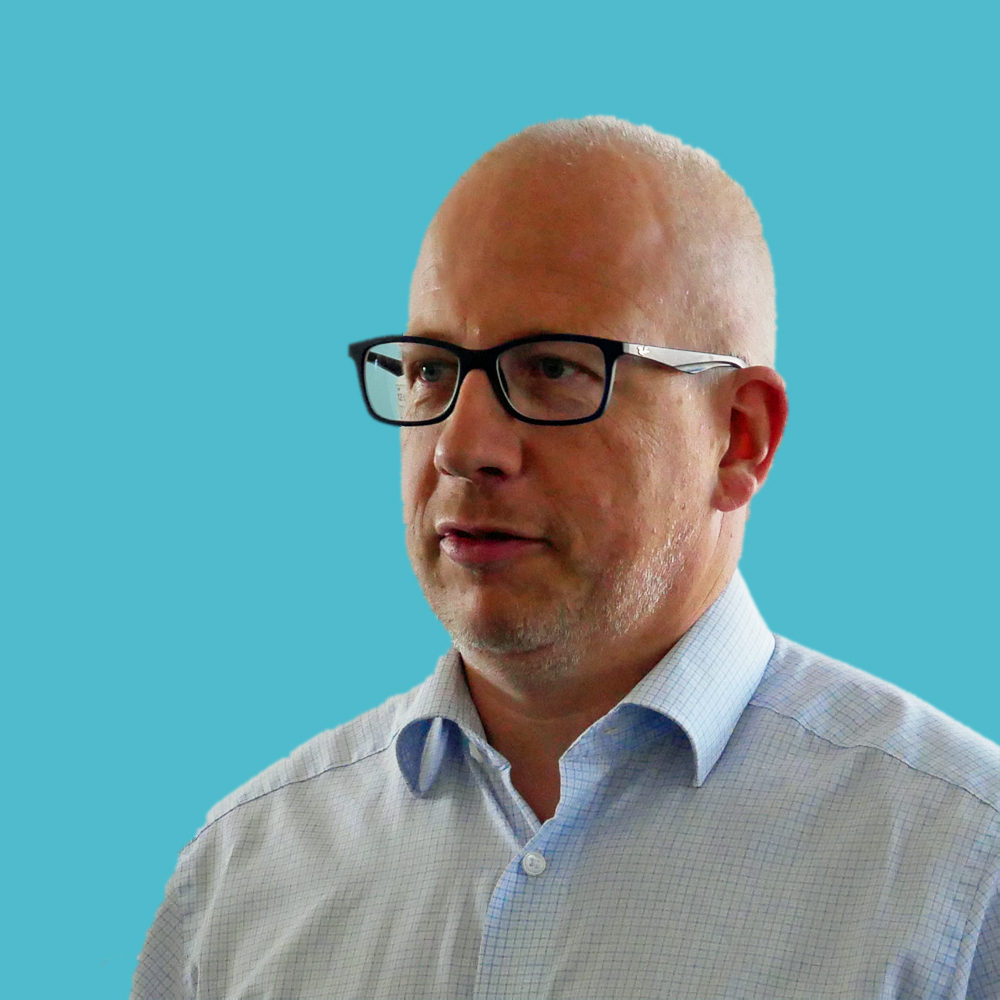Balancing innovation and sustainability to deliver the networks of the future

This article was published in IOT Insider on January 6, 2025. You can read the original article here.
In this exclusive article for IoT Insider, Hannes Gredler, CTO at RtBrick shares how disaggregated networks are offering telecom operators sustainability
The telecom industry is one of the most vital sectors supporting the global economy. Today’s networks are the backbone of the modern digital economy, enabling real-time connectivity for people, businesses, and entire industries. And as the world embraces innovations like AI and other data-intensive applications, networks must evolve to keep up with these unprecedented demands. However, the price of innovation and evolution comes at a cost – balancing the increasing demand for network performance with the equally pressing need for sustainability.
Hannes Gredler, CTO at RtBrick, believes network disaggregation is key to achieving this balance. He writes about how this shift to open, modular networks is already redefining telecoms, one operator at a time.
Performance vs sustainability – a growing dilemma
There’s a huge amount of pressure on telecoms networks to evolve. As AI adoption surges and applications demand ever-greater bandwidth, networks must scale to handle unprecedented data volumes. However, with AI projected to increase power consumption in the UK fivefold over the next decade and outdated hardware (e-waste) contributing to five times more waste than recycling, the need for a more efficient and eco-friendly approach has never been more urgent.
Juggling sustainability with innovation can be a challenging task, as leaning too eco-friendly can come at the cost of innovation or performance. Telcos also need to ensure they’re keeping pace with industry demands to remain competitive, and network disaggregation provides a gateway to both aspects without payoff between the two.
How do we innovate at pace while addressing the environmental toll of legacy systems and unsustainable practices? Network disaggregation provides a path forward.
The promise of disaggregation
Disaggregated networks allow telecom companies to use best-in-class, vendor-agnostic hardware and software components. This open and flexible model reduces costs by avoiding proprietary systems and promotes sustainability. How? Well, since software updates don’t require new hardware, the hardware lifecycle increases substantially and significantly minimises e-waste.
Additionally, using the most modern silicon improves energy efficiency, helping telecom operators reduce their carbon footprint while meeting the growing demands of AI and data-intensive applications. Operators can optimise efficiency and reduce strain on data centres by enabling processing power at the network edge, closer to where data is generated. This distributed approach supports AI’s bandwidth needs and does so with lower energy costs.
While this hasn’t been exactly an industry secret, the speed at which the industry has had to evolve, especially during the ‘Covid years’, has pushed it towards disaggregation.
European shift towards disaggregation
The shift to a more open, sustainable networking model isn’t theoretical either; it’s already firmly underway. Here in Europe, we’re seeing some real momentum. Initiatives like Fibre in Italy and pro-competition regulations in Belgium are incentivising the move toward open, modular networks. Smaller players, unburdened by legacy systems, are leading the charge towards network disaggregation, a trend expected to reshape the European broadband market. And the major telcos, like Deutsche Telekom, are rethinking their strategies.
With AI’s rising demands and increasing scrutiny over environmental impact, disaggregation is becoming an industry necessity rather than a choice.
A call to action for operators
For far too long, telecom networks have been tied to tightly coupled hardware and software, using monolithic, vendor-specific, costly, energy-wasteful platforms. This is because conventional routers and switches are monolithic legacy systems that lock carriers to specific vendors. This approach means that when a new vendor’s software rolls out, perfectly usable hardware gets tossed aside, driving up e-waste and allowing harmful chemicals to seep into our environment.
As industries like energy and transportation adopt electric and greener solutions, telecoms must do the same. Tackling energy consumption and hardware waste is no longer just a moral imperative, it’s a business necessity. The stakes couldn’t be higher.
With predictive, generative and now agentic AI emerging in our daily processes, it’s clear that AI adoption will continue to skyrocket, and networks will need to handle the unprecedented data volumes and computational demands. Legacy systems, built for simpler times, are not as well-equipped to meet these requirements without significant power consumption.
Operators should consider investing in new modular solutions or risk abandoning the AI race before it even starts.

As Founder and CTO, Hannes leads the vision and direction of RtBrick. He has 20+ years of expertise in engineering and supporting roles working with Alcatel (now Nokia Networks) and Juniper Networks. Hannes is also a co-author and contributor to multiple Internet Engineering Task Force (IETF) drafts and is a regular speaker at industry events and conferences. He holds 20+ patents in the IP multi-protocol label switching (IP/MPLS) space.
Author: Hannes Gredler, CTO at RtBrick